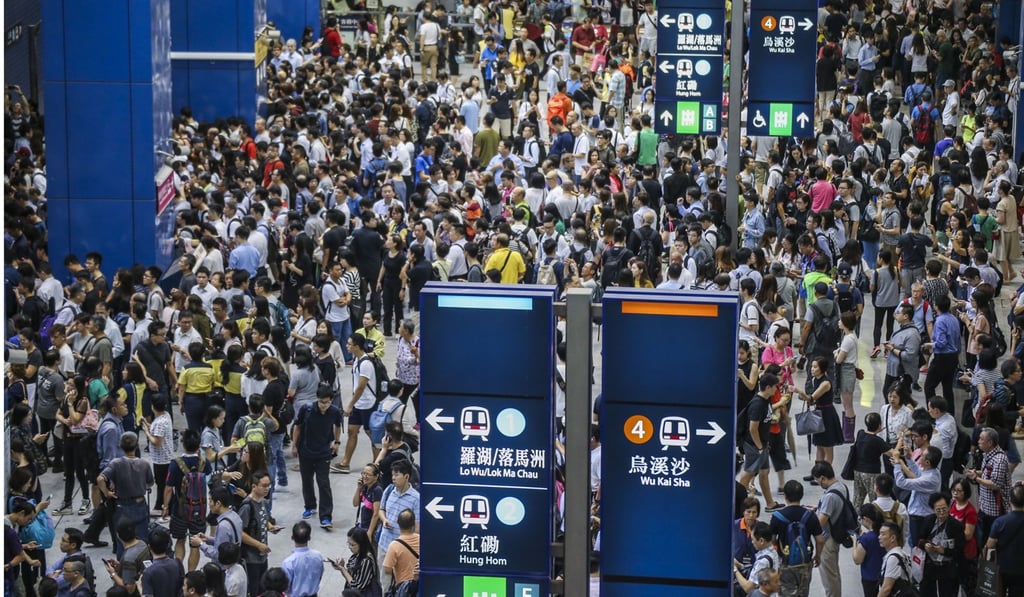Explainer | Hong Kong’s MTR train system explained: profits, property and punctuality spelt success before the scandals
- The MTR Corporation is in trying times after an accident, construction scandals and service disruptions. How did it get here?

The derailment of a train carriage on Hong Kong’s MTR system last week led to a 48-hour suspension of services in the heart of the central business district.
Two trains collided on the Tsuen Wan line during an overnight trial run of a new HK$3.3 billion (US$420 million) signalling system. A driver was injured and 1,200 support staff were needed to restore services.
The carriage was put back on the track and towed away the following day, and train services returned to normal a few hours later. The crash was the first accident in the MTR’s four-decade history.
Hong Kong’s railway operator attributed the incident to negligence on the part of its Paris-based software supplier, Thales. The crash made headlines around the world, and highlighted the rarity of such problems on a mass transit system often regarded as one of the world’s best for its relatively low fares and 99.9 per cent punctuality. Yet, somehow, many Hongkongers have a love-hate relationship with their train system. City Weekend takes a closer look.

What is the MTR Corporation?
Formed in 1979, the corporation has more than doubled in size over the last 20 years, and is only set to continue expanding. Its 2014 Railway Development Strategy fixed the firm’s sights on seven new projects, producing a total of 34.8km of railway.